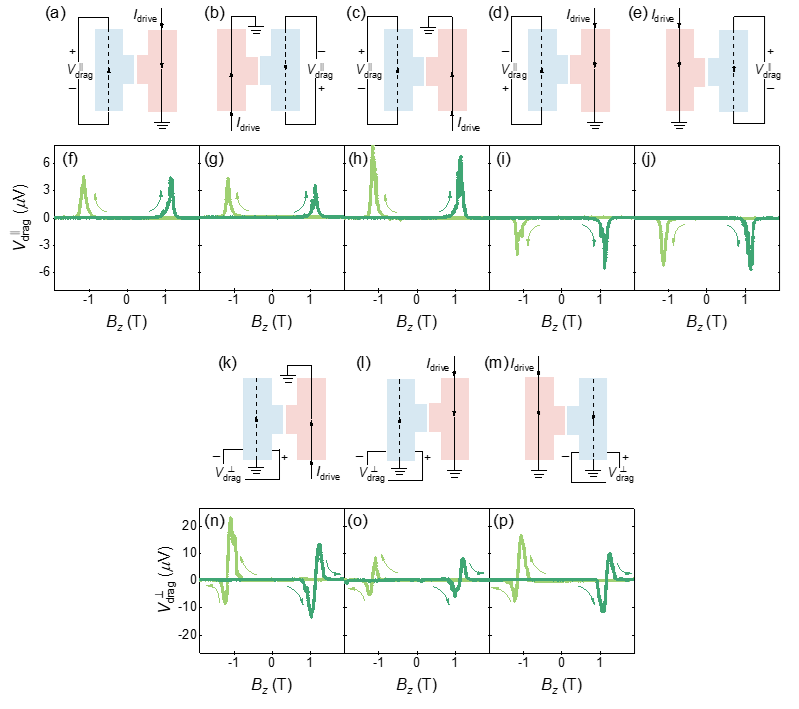2025-02-26 アメリカ合衆国・ライス大学

Rice University graduate student Ravindra Saxena shows a lithographically patterned OECT device used for measurement with enzymatic and microbial fuel cells.
<関連情報>
- https://news.rice.edu/news/2025/new-method-developed-dramatically-enhance-bioelectronic-sensors
- https://www.cell.com/device/fulltext/S2666-9986(25)00027-4
有機電気化学トランジスタを用いた酵素および微生物燃料電池の増幅 Amplification of enzymatic and microbial fuel cells using organic electrochemical transistors
Ravindra Saxena ∙ Xu Zhang ∙ Rong Cai ∙ … ∙ David P. Hickey ∙ Caroline M. Ajo-Franklin ∙ Rafael Verduzco
Device Published:February 26, 2025
DOI:https://doi.org/10.1016/j.device.2025.100714
The bigger picture
Biology and microelectronic devices use electrons as carriers of information and energy. The disparate capabilities of biological and microelectronic systems make their combination an attractive technology. However, electronic communication is limited by the low currents generated by the microorganisms and/or incompatibility between the optimal environments for the microorganisms and the devices. In this work, we demonstrate that organic electrochemical transistors (OECTs) provide a simple approach to amplify electronic signals from both microbial and enzymatic fuel cells. Our approach does not require that the microorganism or enzyme come in contact with the OECT device, and it both amplifies microbial currents and enhances signal quality. We implement OECTs to fabricate compact living microbial devices, including a simple device using synthetically engineered bacteria that can detect arsenite in water.
Highlights
- OECTs can amplify the response of microbial and enzymatic fuel cells
- Chemical incompatibility challenges are avoided using a modular approach
- We demonstrate compact living microbial devices capable of chemical sensing
- The relative power requirements of OECTs and fuel cells impact device response
Summary
Organic electrochemical transistors (OECTs) are thin-film devices operated in aqueous and biological environments for sensing chemicals and biomolecules. However, most sensor configurations involve introducing the target biomolecule directly in the OECT device. This has drawbacks because it may not be possible to have an electrolyte compatible with the target biomolecule or an environment optimal for the OECT. Here, we demonstrate a general and modular approach to building electrochemical sensors by coupling OECTs electronically with either an enzymatic fuel cell (EFC) or microbial fuel cell (MFC). We demonstrate that this modular approach can amplify currents by three orders of magnitude and enhance the signal-to-noise ratio. We also show that the power generated by the fuel cell can help tune the sensor’s response for different applications. This work demonstrates a simple and versatile approach for amplifying currents from MFCs and EFCs useful for the development of bioelectronic sensors.



